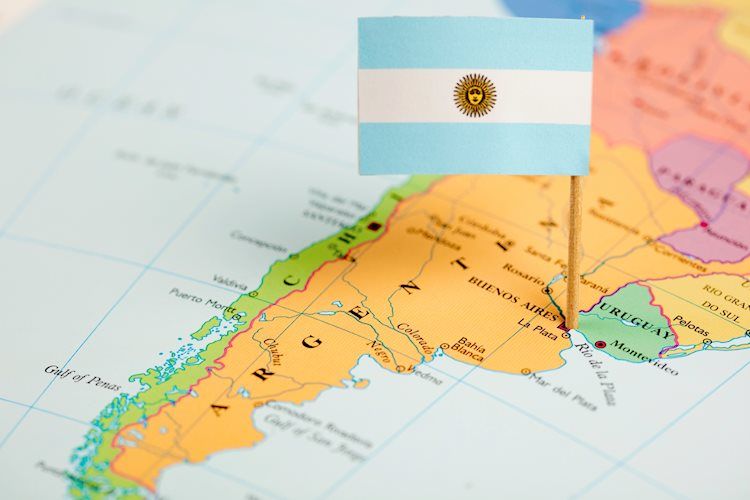Economists at Wells Fargo are predicting a tumultuous year for the Argentine Peso, with expectations of substantial depreciation in 2023. The devaluation is expected to be explicit, intentional, and outsized, making the Peso the worst-performing emerging market currency for the year.
Argentine authorities had already allowed for greater Peso depreciation in 2022, but continued IMF disbursements will require an even faster pace of currency depreciation. This means that the central bank will likely allow for further devaluation in the coming months.
The economic outlook for Argentina remains uncertain, with high inflation, a large fiscal deficit and an unsustainable current account balance. On top of these macroeconomic challenges, the country is struggling with a rise in poverty and social unrest.
The upcoming presidential elections in October could have a significant influence on the Argentine Peso, with a change in government likely to bring about economic policy shifts. The current administration has shown willingness to work with the IMF and focus on fiscal consolidation; a turn of events that could help stabilize the Peso if continued.
However, if the next government pursues a more populist agenda, then a sharp devaluation could be on the horizon. It would aim to boost exports and ease fiscal pressures but would also result in a surge in inflation, which would hit the poor and middle-class hardest.
The Argentine Peso has already lost a considerable amount of value against the US Dollar since the country’s economic crisis began in 2018. At its lowest point in October 2020, the Peso was down more than 70% from its value three years ago.
Despite a partial rebound since then, the Peso remains highly volatile and vulnerable to external shocks, such as changes in global market sentiment or changes in commodity prices. The political situation in neighbouring Brazil, a key trading partner, will also have an impact on the Argentine Peso.
The Wells Fargo forecast is consistent with other recent predictions of a Peso devaluation. A report by Goldman Sachs earlier this year said that the Peso could lose 25% of its value against the US Dollar by the end of 2022, while JPMorgan’s forecast put the number at 23%.
The outlook for emerging market currencies is also mixed, with some currencies showing signs of strength while others continue to struggle. The Brazilian Real, for example, has performed well in recent months, thanks in part to higher commodity prices.
In contrast, the Turkish Lira and the South African Rand have been under pressure due to high inflation and political uncertainty. The Russian Ruble has also come under pressure due to geopolitical tensions and falling oil prices.
In conclusion, the Argentine Peso is likely to experience a significant devaluation in 2023, with the pace of depreciation depending on a variety of factors, including changes in government policy, external market conditions, inflation and social unrest. Despite the challenges facing the country’s economy, the Peso remains highly volatile, making it difficult to predict its future performance.


